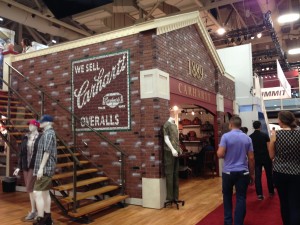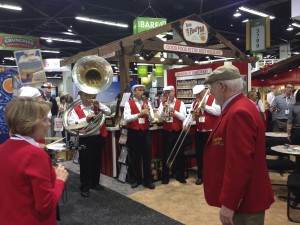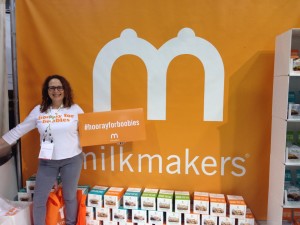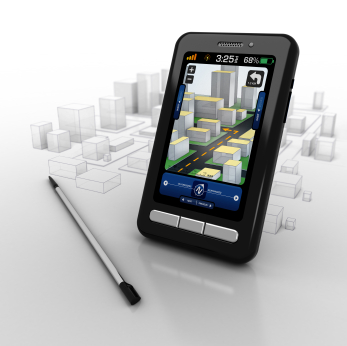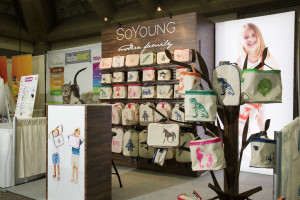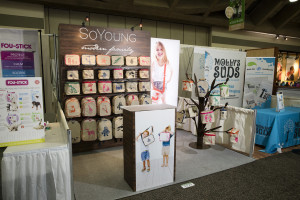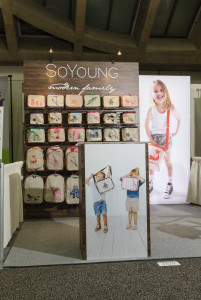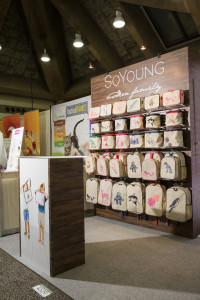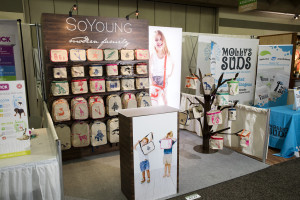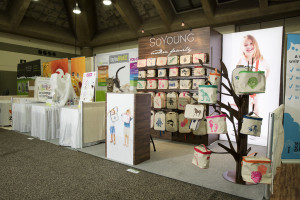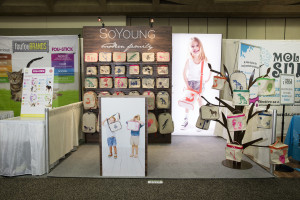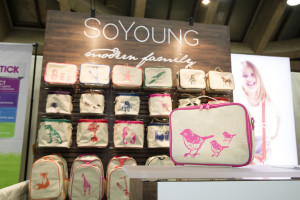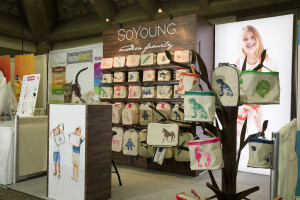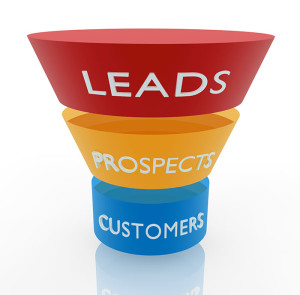What is a GREEN Exhibit?
Lots of things are green today, but what does it really take to make a green exhibit?
First, let’s agree on what ‘green’ means.
Most agree that it means moving away from standard business-as-usual fabrication methods by replacing traditional materials and/or ensuring that the chain of incoming products and outgoing materials is as eco-friendly as possible. Ultimately it means as many methods as possible are used to design and fabrication environmentally sustainable exhibits.
How to be Green
In a recent chat with Matt Wish, the Marketing Director of Eco-Sustainable Exhibits (HQ in Grand Rapids, MI; Manufacturing in Portland, OR), we went over what it takes to design and produce a green exhibit.
“Compare it to what people are used to in the construction world: LEED Certification. It’s a great buzzword. What we’ve done is take what we think the LEED Certification would be for a tradeshow exhibit and applied it,” said Matt.
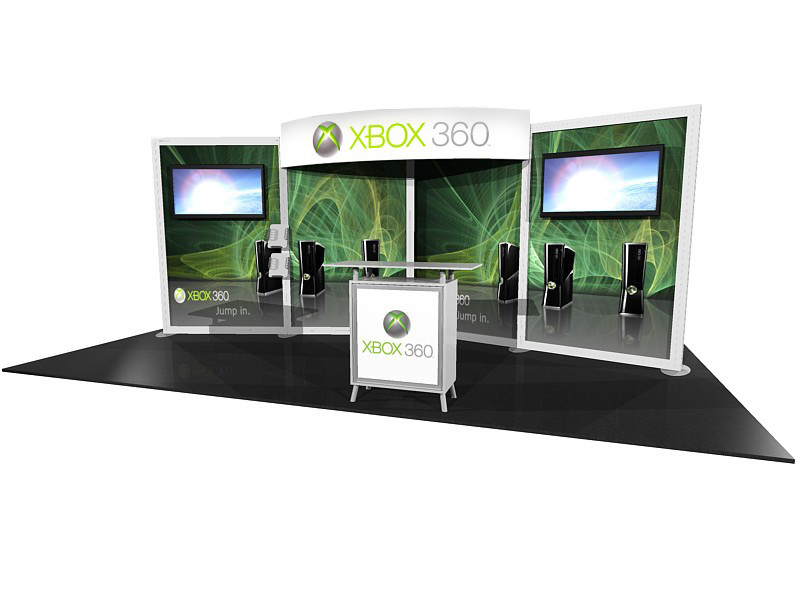
Everything from materials that are being used to the substrates that graphics are printed on, down to the inks used are all combined to assemble what could be called a green exhibit. This includes recycled aluminum extrusions, LED lighting, Paradise Fabric Graphics made from 100% recycled soda bottles, eco-glass, bamboo plywood, FSC certified wood, eco-board and even stains and finishes using water-based low VOC (Volatile Organic Compound) and VOC Free.
“We do all we can to hold our company accountable to keep things eco-friendly and green,” said Matt.
Eco-Sustainable Exhibits works closely with Classic Exhibits, their manufacturer, and that has been fruitful for both, as Classic Exhibits adheres to a very sustainable model, using recycled materials and recycling as many leftovers as possible. Another partner, Optima Graphics, also works diligently to recycle materials and use sustainable materials, which means that exhibits nowadays from these companies are about as green as can be.
Classic Exhibits is also in a unique position of being right next to a set of railroad tracks where recycled aluminum can be loaded easily and transported just a few miles to an aluminum recycler that has the capability of extruding many of the Classic Modul aluminum shapes. Being able to transport materials only a short distance instead of hundreds or thousands of miles is yet another way to keep the carbon footprint down on a green exhibit.
What about cost?
“Virtually identical,” says Matt. Which means that a few years ago what used to be more expensive than materials from the mainstream now costs virtually the same.
What about the quality?
“Most people can’t tell the difference,” says Matt. Some of the materials are better than typical building materials, some others may not be quite as good, but in any case, it’s a tossup. When it comes to the recycled plastic that goes into shipping cases, you’re actually getting a case that is more durable than those made from traditional cases in the industry.
Rentals are Eco-Friendly
A company can buy an exhibit and use it 5, 6, 7 years or more and get a lot of mileage out of that new purchase. This contributes to the greening of the exhibit because you’re not buying very often. And when you finally outgrow the exhibit, as you transition to something new, those old materials can likely be recycled or repurposed.
But what about renting? By renting you’re continuing to use the same materials over and over, which also contributes to the greening and the sustainability of the industry.
Final words?
As Matt put it, “so many people have a negative approach, saying that you shouldn’t drive so much, or waste so much, and so on, but we like to take the positive approach and say that even a little bit of green is a great step in the right direction.” Whether renting or buying, asking your exhibit house what kinds of sustainable materials they have, or what kind of sustainability practices they incorporate, lets them know that you, as an exhibit purchaser, are interested in the greening of tradeshow exhibits.
By making small changes where they make sense, that small change can add to the overall effect that we, as planet inhabitants, need to consider when we get out our checkbook to put a new exhibit into place.
Want to browse green exhibits? Many of Eco-Systems Sustainable Exhibits are found here on the Exhibit Design Search.



